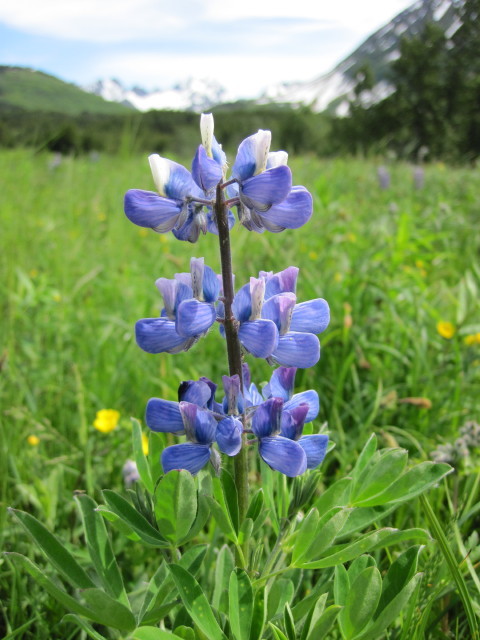The Iditarod National Historic Trail is a 2,300-mile trail network in Alaska that is steeped in history. See map here. The trail evolved to connect Alaskan Native villages and was used as a dog-team mail and supply route during Alaska’s Gold Rush.
Check out this great interactive to map of the trail.
Most people know it for the famed annual dog sled race that follows 1,000 miles of the trail between Anchorage and Nome, which both tests the mettle of human and canine athletes and honors the mushers and their dog teams who risked their lives to rush serum through a blizzard and sub-zero temperatures to halt a deadly diphtheria outbreak in Village of Nome in 1925. The trail is now an important recreational trail and while much of it is not passable without snow cover, there are several sections on the Kenai Peninsula that are accessible for year-round recreation.
2018 is not only the 50th Anniversary of the National Trails Act, it is also the 40th Anniversary of the designation of the Iditarod Trail to National Historic Trail status. To help celebrate these occasions, this summer the NFF has partnered with Anchorage REI, the Student Conservation Association and the Chugach National Forest to help improve conditions for users along an all-season, multi-use section of the Iditarod National Historic Trail that is south of Anchorage, near Turnagain Pass.
This section of the trail is easily accessed from the Seward Highway, and traverses meadows filled with wild flowers including fireweed, lupine, and chocolate lilies.

To further increase the impact, the Alaska Forest Fund matched the funds granted by REI 1:1. The Alaska Forest Fund is a resource developed by the Forest Service and NFF to leverage private investments in order to accomplish priority conservation and recreational enhancement projects on the Chugach and Tongass National Forests, the two largest National Forests in the U.S.
Through this project, to improve trail drainage, reduce erosion, and brush out portions of the trail, six young Alaskans have the opportunity to spend time in nature while gaining conservation knowledge and important skills in leadership and career building.
Exposing youth to experiences like this can instill a lifelong appreciation for and commitment to our public lands. In fact, a recent survey by the SCA of their alumni who participated in programs five to ten years ago found that 65 percent of employed alumni are working or studying in a conservation or sustainability-related field.
The project is also important for communities in the area, like the town of Girdwood, as keeping outdoor recreation opportunities viable and enjoyable is crucial to Alaska’s economy. According to a recent Outdoor Industry Association report, Alaska has a $7.3 billion outdoor recreation economy & 72,000 jobs within the state are outdoor recreation related.
Thanks REI for helping us accomplish this important work! To support our Alaska projects, please contact Dayle Wallien, NFF Conservation Partnerships Director, [email protected], 206-832-8280.

